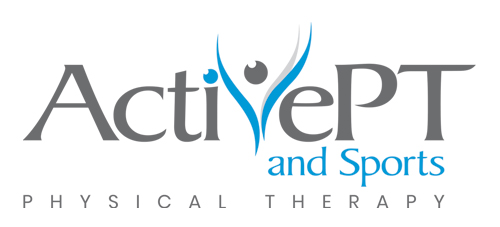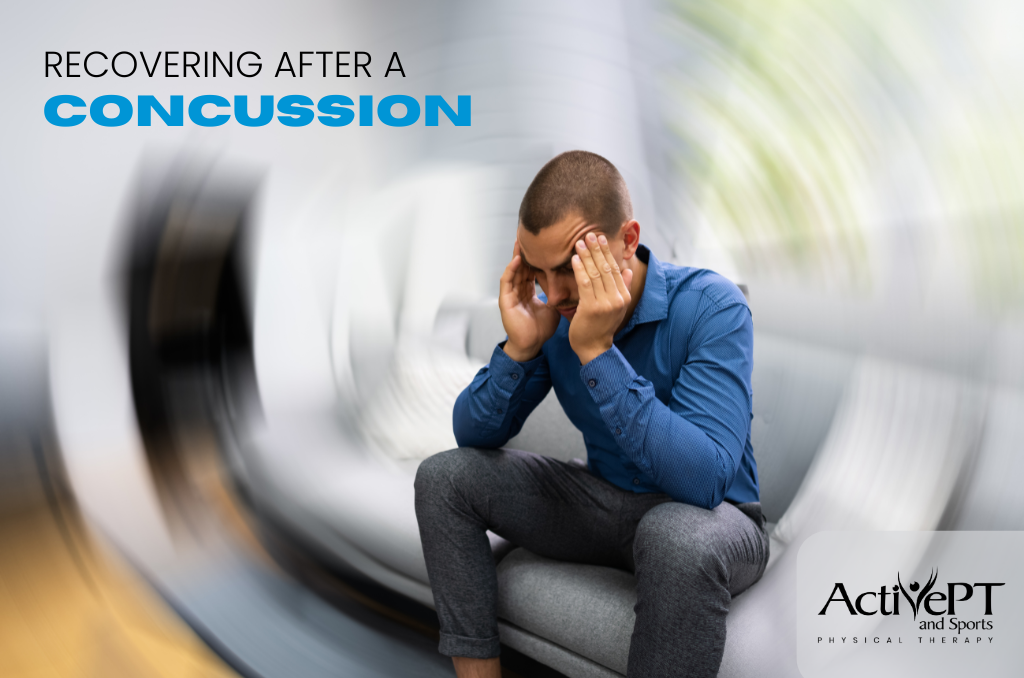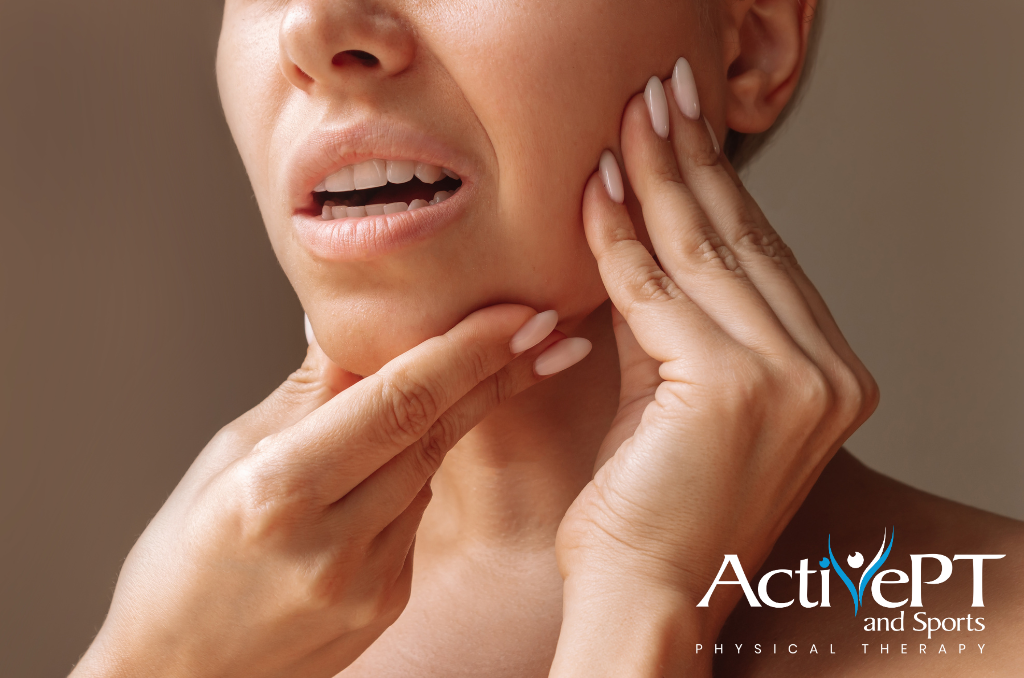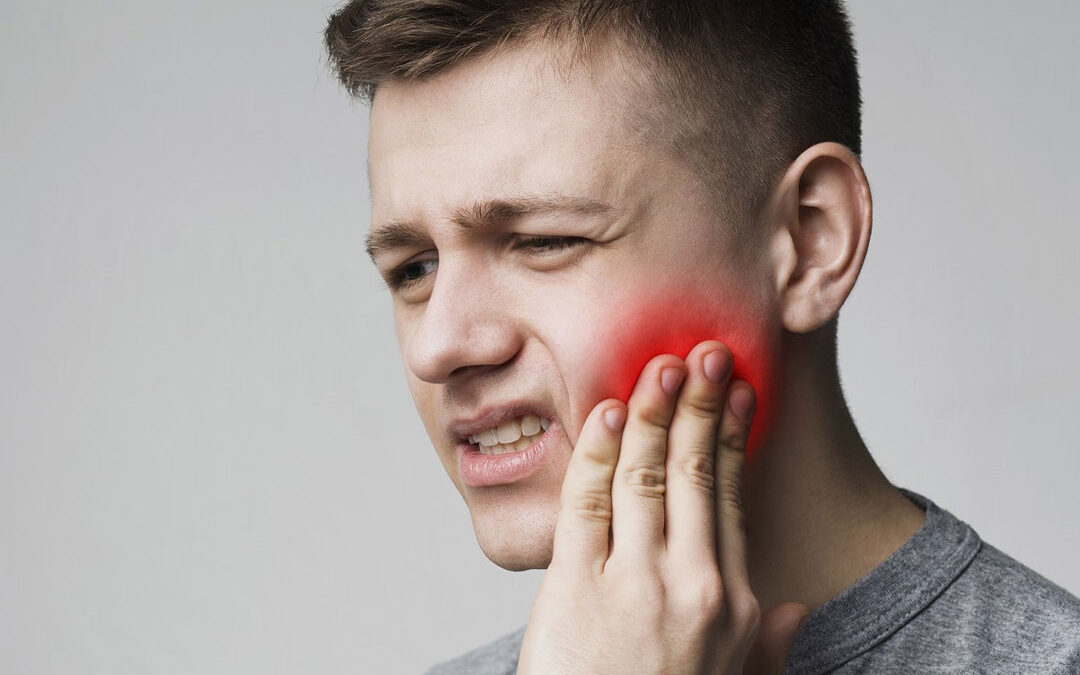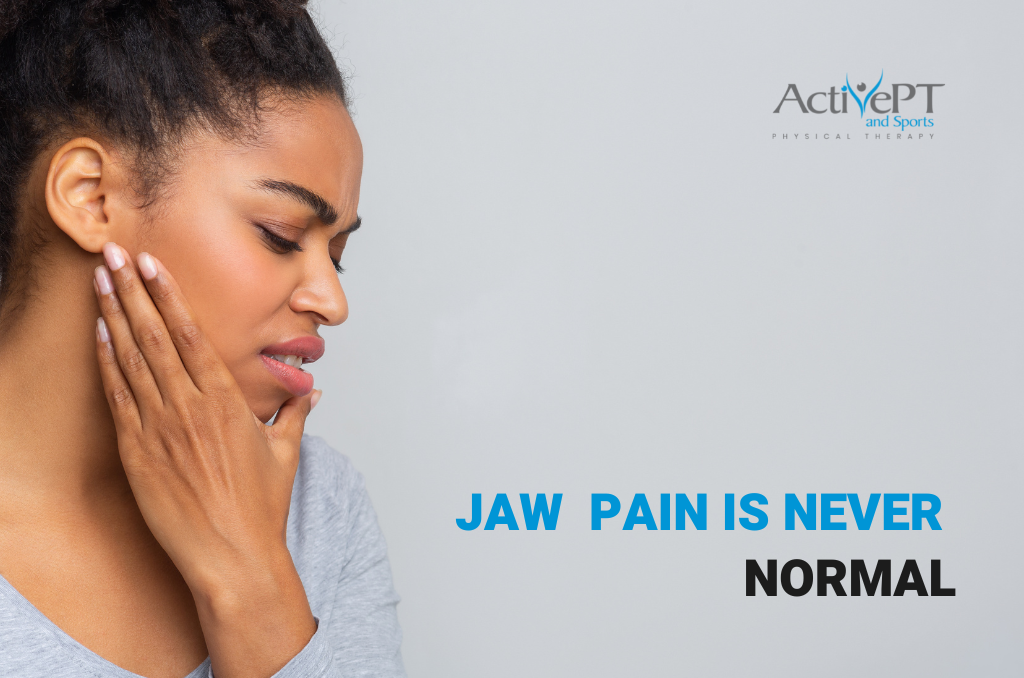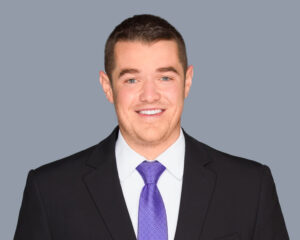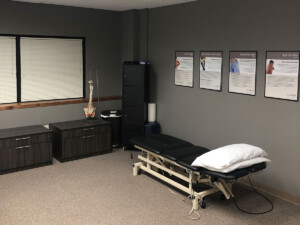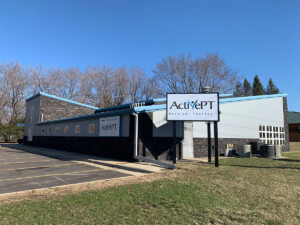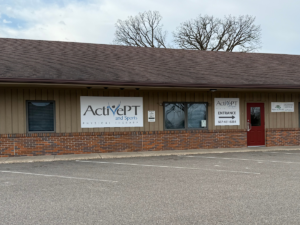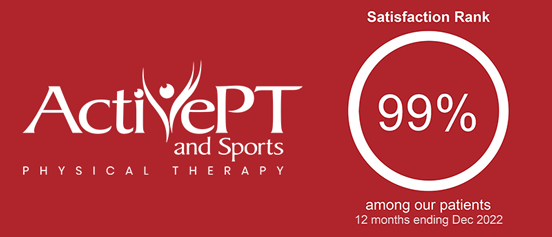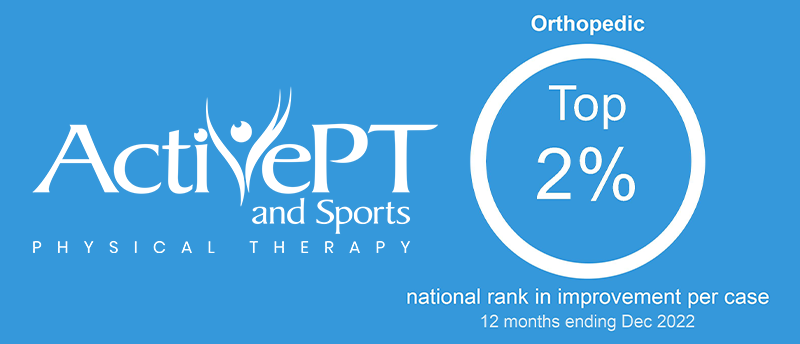Chloe Tuma at ActivePT has helped reduce my TMJ jaw pain and number of headaches/migraines more than I ever thought possible after over 20 years of pain from a jaw injury. Chloe performs dry needling combined with massage and stretching/strengthening exercises while we visit. I look forward to and enjoy my appointments and my insurance covers my treatments. If you have TMJ pain this is definitely worth a try!
– Christina H.
What Causes the Pain?
- Myofascial pain disorder
- Myositis
- Myospasm
- Dystonia
- Muscle Spasm: stuck and cannot open or put teeth together
- Closed lock: disc stuck and cannot open
- Open lock: unable to close mouth due to posterior displacement of disk, rare, and may occur after prolonged dental work
Problems that Cause TMD
- Clenching: when the teeth are touching (posterior maxillary molars and mandibular molars) each other with excessive contraction of the masseter and temporalis muscles.
- Bruxism: grinding of the teeth and often increased with stress, causes increased masticatory muscle tension and tooth wear and may be related to poor posture.
- Fractures
- Dislocations
- Traumas
- Disk-condyle incoordination-internal derangement
- Arthritis
How We Can Help
- Poor posture can cause neck and jaw pain. Forward-head posture stresses the neck and changes the jaw position, causing strain on the joint and muscles. Prolonged stress can lead to joint degeneration, muscle spasms and trigger points. Headaches can radiate from the muscles in the region and be very painful
- Research shows that patients with headaches typically have more forward head posture and poor strength/endurance of the deep neck flexor muscles
- Research has shown that manual therapies (hands-on treatments) can provide relief of craniofacial pain and jaw pain. Treatments to the neck and upper back region can improve posture and muscle tightness/impairments
- Research supports that a high percentage of patients have relief from conservative, manual-based physical therapy
Specific Treatments
- Spinal Manipulation/mobilization to the upper back and neck
- Soft tissue mobilization and muscle releases during functional movements such as chewing and talking
- Joint mobilization to the TMJ which can be gentle and tolerable
- Dry needling to tight muscles in the jaw and neck
- Traction and distraction techniques
- Cold laser and iontophoresis to the jaw
- Kinesio taping, postural taping and bracing to improve forward head posture or inhibit muscles being over used in clenching
- Specialized exercise programs focusing on your specific muscle weaknesses or imbalances. We also set you up with a home programs to maximize recovery between visits.
